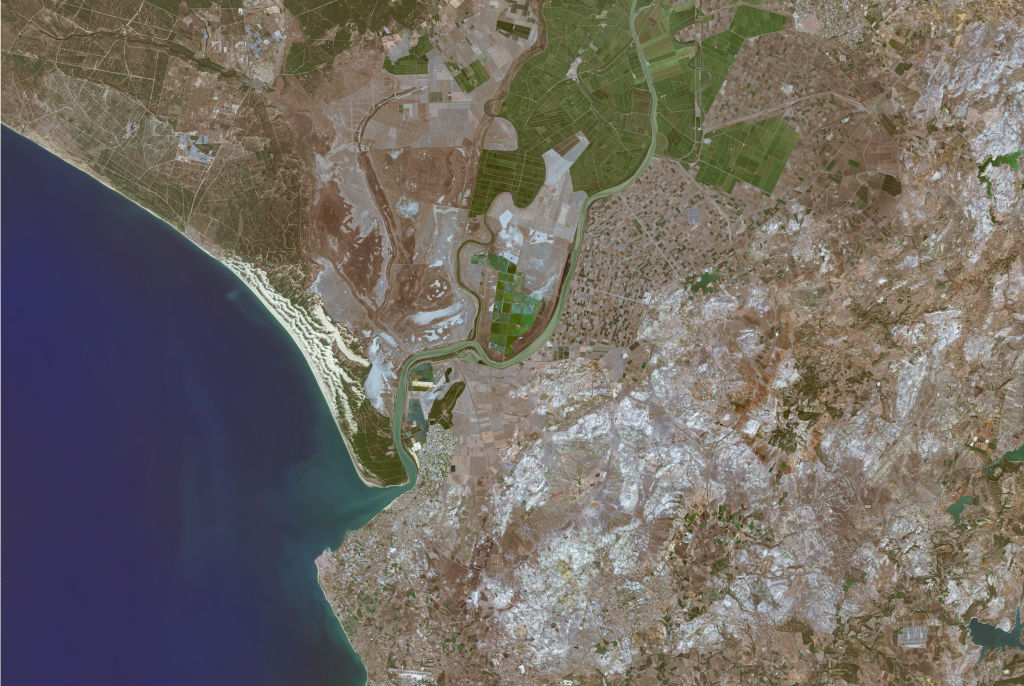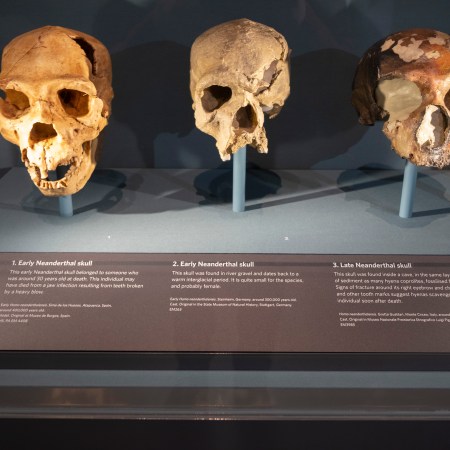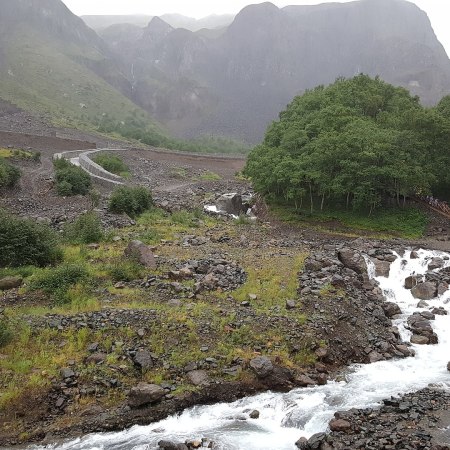Situated in southern Spain, Doñana National Park is known as a biologically diverse region, characterized by its marshlands and evocative scenery. It’s a UNESCO World Heritage Site with a long and storied history — and new research suggests that its history is even longer than people have thought.
The idea of taking in a beautiful landscape near rivers and coasts might well sound appealing, for obvious reasons. This is a sentiment echoed by Neanderthals, according a recent discovery made in the park. At Smithsonian Magazine, Isis Davis-Marks writes about a new finding: fossils that reveal that “a group of Neanderthals with children in tow walked along the coast of what is now southern Spain, leaving behind footprints as they padded through the sand.” That voyage took place around 100,000 years ago.
A pair of biologists found the footprints while examining the beach in Matalascañas, which is within the national park. Along with the Neanderthals’ footprints, they also found fossilized animal tracks — leading to speculation that some of the Neanderthals were hunting.
The scientists published their findings in the journal Scientific Reports last month. Titled “Tracking late Pleistocene Neandertals on the Iberian coast,” the paper offers more details on the footprints and how data about the people who left them — such as their ages and heights — was extrapolated. It’s a fascinating trip into human history, and it helps demonstrate that some prime destinations have had a magnetic effect since before recorded history.
Thanks for reading InsideHook. Sign up for our daily newsletter and be in the know.


















